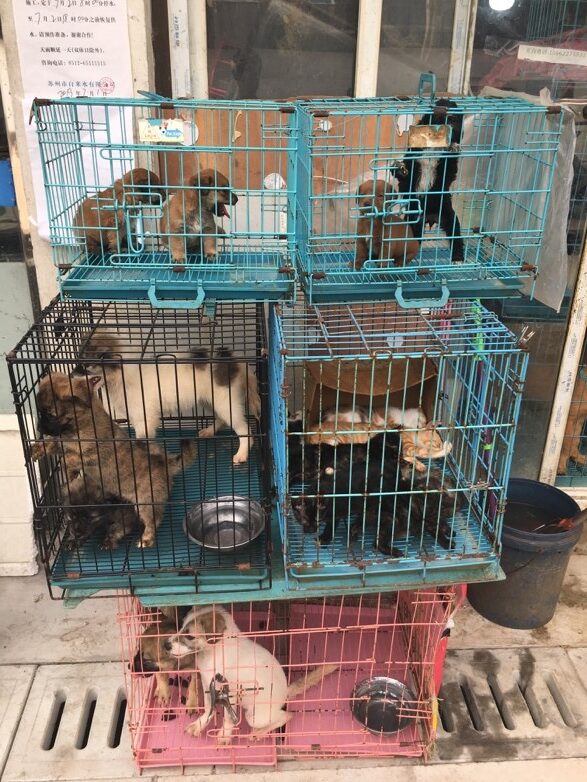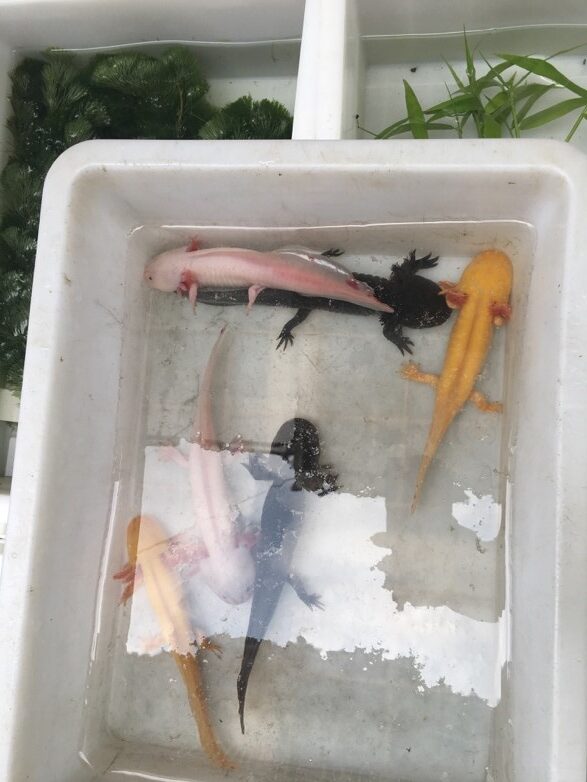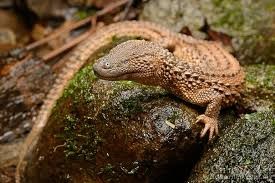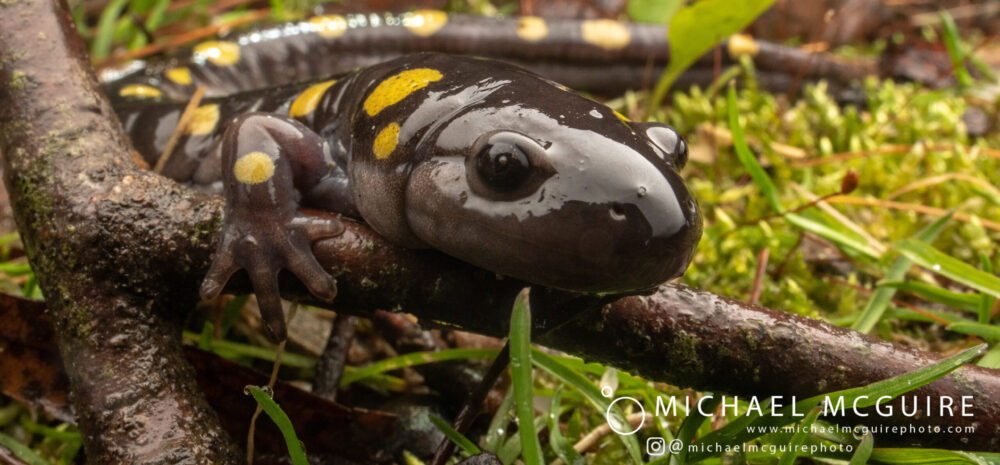By Emil Assing
When most people think of the word “pet”, we think about our family’s beloved dog, our aunt’s grumpy cat, and the occasional parrot or snake that our one weird friend keeps in a tank or cage. The average person probably does not associate the word “pet” with international crime, smuggling, and corruption. Just beyond the legal pet trade, however, exists a startling underworld of illegally obtained and illegally bred animals that are just waiting to be sold as “pets”.
Unfortunately, to some people, the rarer or more endangered a species of animal is, the more desirable it is to own as a pet. This is a phenomenon that has fueled illegal capture and smuggling of all types of animals from around the world. Today the illegal trade of animals is an ongoing and underrecognized issue. Illegal trade of endangered animals contributes greatly to population declines and undermines conservation efforts. Luckily for these animals, there are people who care about them and spend their time trying to put a stop to the illegal trade of animals.

Amongst those people, on the front lines of this fight, are researchers, like Jordi Janssen and his colleagues at the Monitor Conservation Research Society. The Monitor Conservation Research Society is an organization, founded by Dr. Chris Shepherd, that aims to use research as a tool for improving legislation and regulation of the illegal and unsustainable trade of species. They specifically wish to use their research to shed light on little-known species that are threatened by human activity.
Jordi Janssen is a researcher and PhD student, from the Netherlands, who specializes in the illegal trade of reptile species. Reptiles are sought after in the illegal market as pets, but also for the sale of reptile skins and for use in traditional medicine. He worked as a consultant for the organization TRAFFIC before joining Monitor and he has published many scientific articles that illuminate the impacts of illicit trade and exploitation of animal species by humans. According to Jordi, researching illegal trade can be exciting, but also extremely complex and frustrating.
“Even if it is obvious that certain animals are being smuggled or illegally traded, it’s quite often difficult to prove that.” – Jordi Janssen, Monitor Conservation Research Society Researcher
Due to the shrouded nature of illegal markets, it can often be very difficult to obtain accurate data on the species and numbers of animals that are being captured, smuggled, and sold. The people who are involved are unlikely to be willing to share their personal knowledge of the trade for fear of incrimination. This means that researchers like Jordi need to use a diverse range of research methods.
Part of this work involves using case studies and descriptive research to get the word out about issues like captive breeding, illegal trade, and legislation. Other times researchers are forced to spend their time browsing shady websites and infiltrating exotic pet markets, that are suspected of trading in threatened and endangered species, in order to find out what species are being offered and at what price. Field work can involve undercover investigations of pet shops and markets where research is not welcome and, depending on the species, this can be dangerous.

“Depending on where you go you get to see a lot of things that are not pleasant to see.” – Jordi Janssen
International trade in plant and animal species is regulated by the CITES convention. CITES stands for Convention on the International Trade of Endangered Species. This is an international trade agreement between over 180 countries with the goal of preventing trade from threatening the survival of species.
CITES regulation works through three categories or appendices. Appendix I regulates species that are threatened with extinction and almost all trade in these species is completely banned. Most animal species are designated under Appendix II, which covers species that are not threatened, but commercial trade needs to be regulated so that these species do not become threatened in the future. Species designated under Appendix III are protected in at least one country and this country needs international assistance in order to control trade.
In the modern world, CITES regulation is extremely important for conservation, because there is so much money involved in the illegal trade of threatened species. Greedy people risk their freedom to find ways to smuggle and trade species despite this regulation. When these criminals find out that a particular species is scheduled for CITES regulation, especially complete banning of trade, they work even harder to capture and smuggle the species. They know it will become more valuable in the illegal market. One example of this is the case study of the Earless Monitor Lizard that Jordi Janssen researched in 2018.
Earless Monitor Lizards are a remarkably beautiful species of lizard that live on the Island of Borneo which is part of Indonesia, Malaysia, and Brunei. They look like baby dragons and they are sometimes referred to by reptile collectors as “the Holy Grail of Herpetology”. Little is known about the conservation status of this species. It is not listed on the IUCN Red List due to the lack of data on their population size and geographical extent. According to Jordi, however, a group of researchers that are working to list the species have recently submitted an analysis of the Earless Monitor’s conservation status. Unfortunately, the IUCN listing process is very time consuming and, in the meantime, the Earless Monitor Lizard is being heavily sought after in illegal trade markets.

In the 2018 paper, Left hung out to dry: How inadequate international protection can fuel trade in endemic species – The case of the earless monitor, Jordi Janssen and his co-author Kanitha Krishnasamy of the Southeast Asia branch of TRAFFIC argue that, in situations like that of the Earless Monitor Lizard, where there is inadequate enforcement and international protection, species should be preemptively listed under Appendix III prior to Appendix I proposals. This would require trade permits to accompany individual animals that are being traded and allow the international community to aid in the enforcement of illegal trade.
Furthermore,
this Appendix III listing would not provide as great of an incentive for
illegal animal smugglers to capture the species in the wild, because unlike
Appendix I, trade would not be completely banned. This concept is very important
for the conservation of all species, not just animals but plants as well, that
are traded illegally around the globe. Jordi and his colleagues at Monitor
Conservation Research Society are working hard to communicate this
recommendation to
the governments and stakeholders involved with deciding CITES legislation.
Jordi described the problem by saying that the trade of Earless Monitors was banned in the three range states, Indonesia, Malaysia, and Brunei, however the species kept turning up in places like Europe, Japan, and the United States. These countries never issued trade permits for these animals, however, illegal reptile dealers covered themselves by claiming the animals were bred in captivity. In 2015, at the 28th meeting of the CITES Animals Committee, the Malaysian Government proposed that the Earless Monitor Lizard be listed under CITES Appendix I despite a recommendation from the TRAFFIC organization to list them under Appendix III prior to that.
This proposal lead to an increased demand for the species in the illegal market and while the convention tried to decide how to proceed, the species increasingly began to surface in online trade. Due to the lack of CITES regulation, authorities who encountered the species outside of the range states had no legal grounds to seize the animals. The lizards were hidden amongst shipments of other reptiles and once they were outside the borders of their home country no one could protect them. Eventually the Earless Monitor Lizard was listed by CITES under Appendix II, but for the animals already sold into the illegal market, this was too little too late.
The Monitor Conservation Research Society’s Website is linked below, as well as the article on the Earless Monitor Case Study and Jordi Janssen’s twitter profile, where he shares herpetology articles, updates on illegal wildlife markets, and seizures of illegally traded animals.
https://www.sciencedirect.com/science/article/pii/S2351989418303986
